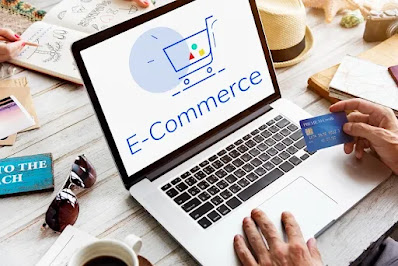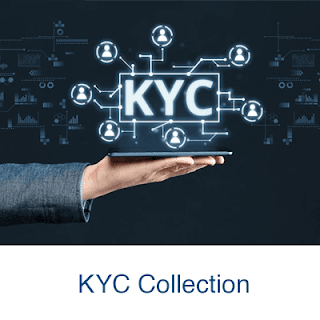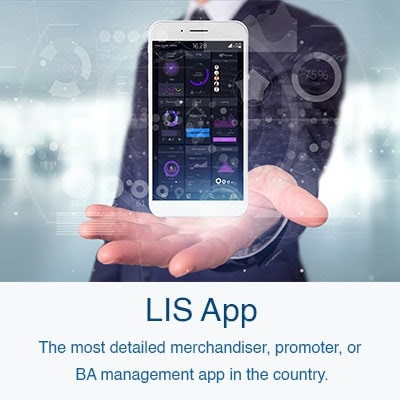Doing a Complete Retail Audit. Quick Guide!

Data are used in a shop audit to evaluate the condition of your retail space. Retailers, employees, or a third party prowl through your store or pop-up shop to gather data on what's effective and what's selling (or not). Revenue can be used as the primary success metric. Still, when you conduct routine store audits, you can access a wealth of additional analytics to obtain a complete picture of your store's health. You can learn more about: by conducting a store audit . The volume of sales. Stock levels (both shelf-stable inventory and back-stock). Faulty goods. Assessments of in-store displays and visual merchandising. A summary of what your competitors are doing. Consider your pricing approach. Product placement inside the store. Additionally, deciding on the audit type that best meets your requirements would be best. The list includes some of the most typical store audits: Market analysis: Ask customers about their perceptions of your brand. Observe how people interact w...





